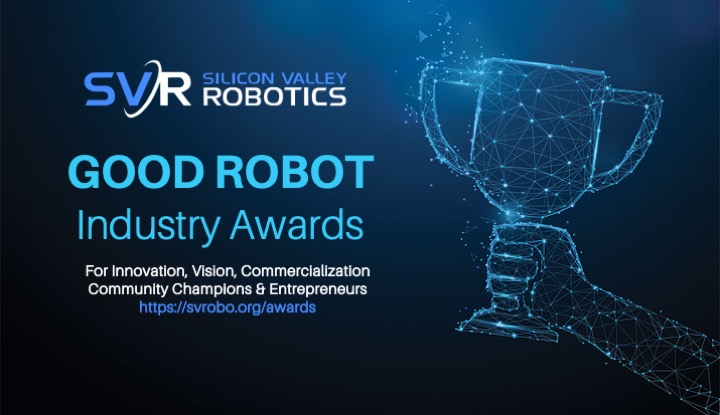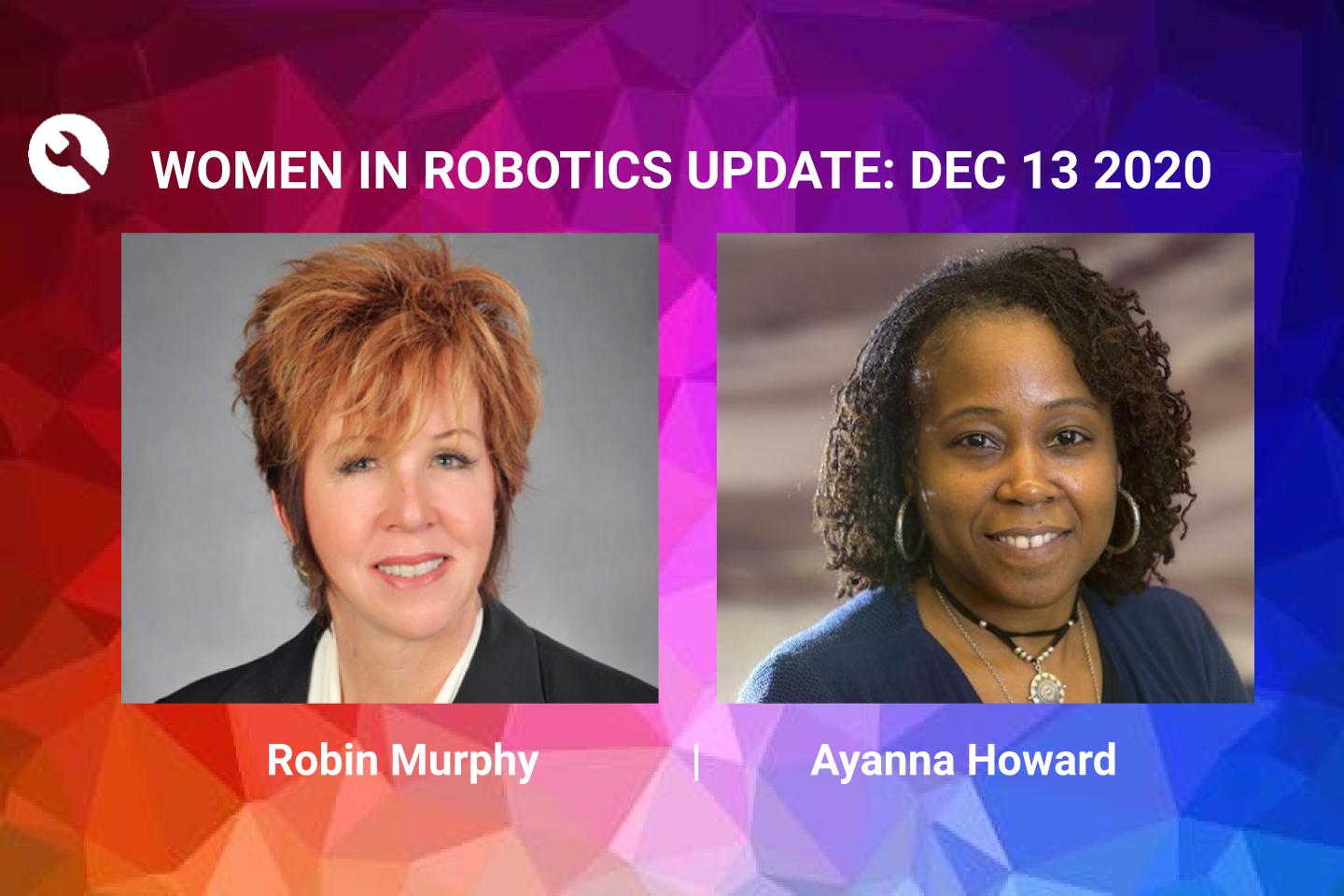Butler on wheels, robot cutting salad: How COVID-19 sped automation
#325: The Advantage of Fins, with Benjamin Pietro Filardo
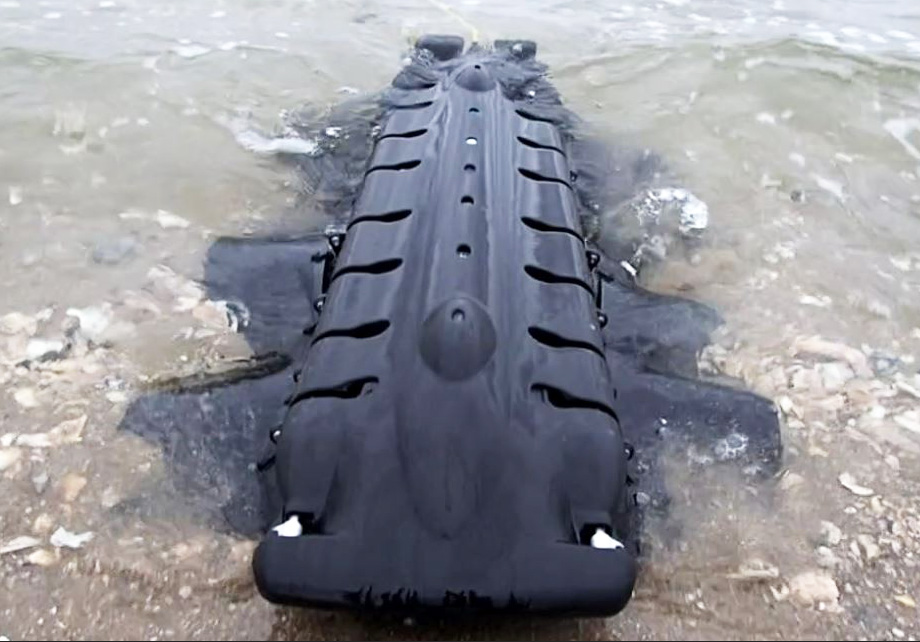
Abate interviews Benjamin “Pietro” Filardo, CEO and founder of Pliant Energy Systems. At PES, they developed a novel form of actuation using two undulating fins on a robot. These fins present multiple benefits over traditional propeller systems including excellent energy efficiency, low water turbulence, and an ability to maneuver in water, land, and ice. Aside from its benefits on a robot, Pietro also talks about its advantages for harnessing energy from moving water.
Benjamin “Pietro” Filardo
 After several years in the architectural profession, Pietro founded Pliant Energy Systems to explore renewable energy concepts he first pondered while earning his first degree in marine biology and oceanography. With funding from four federal agencies he has broadened the application of these concepts into marine propulsion and a highly novel robotics platform.
After several years in the architectural profession, Pietro founded Pliant Energy Systems to explore renewable energy concepts he first pondered while earning his first degree in marine biology and oceanography. With funding from four federal agencies he has broadened the application of these concepts into marine propulsion and a highly novel robotics platform.
Links
- Download mp3 (16.1 MB)
- Subscribe to Robohub using iTunes, RSS, or Spotify
- Support us on Patreon
Call for robot holiday videos 2020
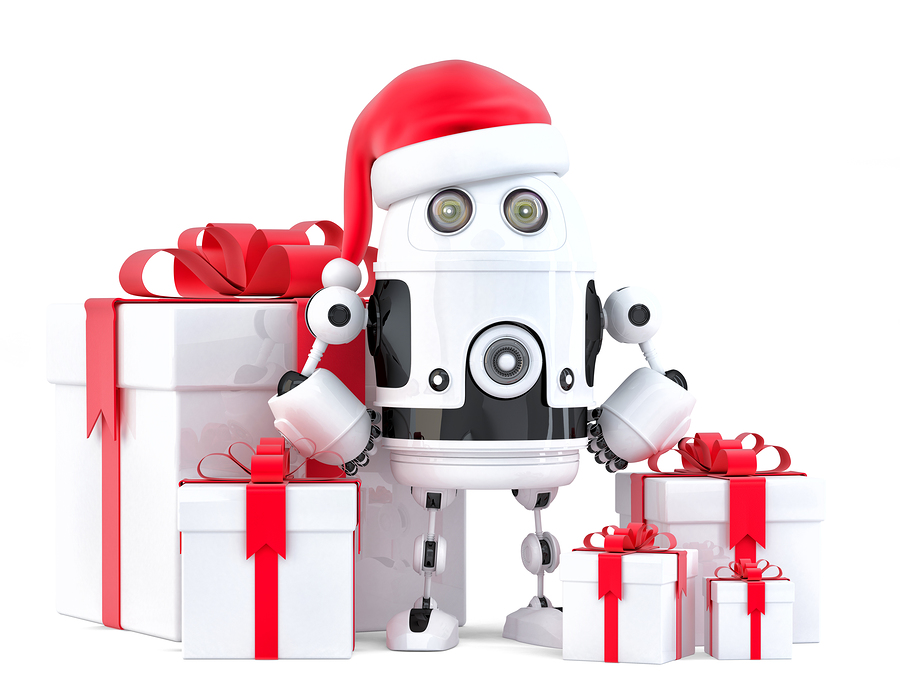
That’s right! You better not run, you better not hide, you better watch out for brand new robot holiday videos on Robohub!
Drop your submissions down our chimney at daniel.carrillozapata@robohub.org and share the spirit of the season.
For inspiration, here is our first submission:
Call for robot holiday videos 2020

That’s right! You better not run, you better not hide, you better watch out for brand new robot holiday videos on Robohub!
Drop your submissions down our chimney at daniel.carrillozapata@robohub.org and share the spirit of the season.
For inspiration, here is our first submission:
Robohub wins Champion Award in SVR ‘Good Robot’ Industry Awards
President: Sabine Haeurt
Founded: 2012
HQ: Switzerland
Robohub is an online platform and non-profit that brings together leading communicators in robotics research, start-ups, business, and education from around the world, focused on connecting the robotics community to the public. It can be difficult for the public to find free, high-quality information about robotics. At Robohub, we enable roboticists to share their stories in their own words by providing them with a social media platform and editorial guidance. This means that our readers get to learn about the latest research and business news, events and opinions, directly from the experts.
Since 2012, Robohub and its international community of volunteers have published over 300 Robohub Podcasts, 7000 blog posts, videos and more, reaching 1M pageviews every year, and more than 30k followers on social media. You can follow robohub on Twitter at @robohub.

Challenges of Developing a Safety System for an Autonomous Work Site
Celebrating the good robots!
OAKLAND, California, Dec. 14, 2020 /Press Release/ — Silicon Valley Robotics, the world’s largest cluster of innovation in robotics, announces the inaugural ‘Good Robot’ Industry Awards, celebrating the robotics, automation and Artificial Intelligence (AI) that will help us solve global challenges. These 52 companies and individuals have all contributed to innovation that will improve the quality of our lives, whether it’s weed-free pesticide-free farming, like FarmWise or Iron Ox; supporting health workers and the elderly manage health care treatment regimes, like Catalia Health or Multiply Labs; or reimagining the logistics industry so that the transfer of physical goods becomes as efficient as the transfer of information, like Cruise, Embark, Matternet and Zipline.
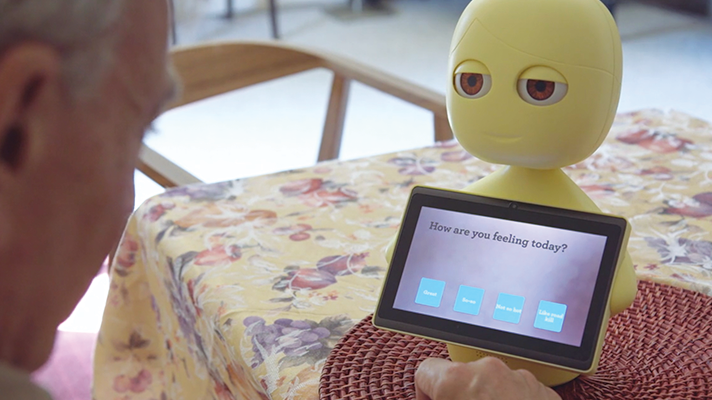
The categories Innovation, Vision and Commercialization represent the stages robotics companies go through, firstly with an innovative technology or product, then with a vision to change the world (and occasionally the investment to match), and finally with real evidence of customer traction. The criteria for our Commercialization Award is achieving $1 million in revenue, which is a huge milestone for a startup building a new invention.

Tessa Lau, Founder and CEO of Dusty Robotics, an Innovation Awardee said “We’re almost there. $1 million in revenue is our next goal.” Dusty Robotics’ FieldPrinter automates the painstaking, time-consuming process of marking building plans in the field, replacing a traditional process using measuring tape and chalk lines that hasn’t changed in 5000 years. The company’s vision of creating robot-powered tools for the modern construction workforce resonates strongly with commercial construction companies. Dusty’s robot fleet is now in production, producing highly accurate layouts in record time on every floor of two multi-family residential towers going up in San Francisco.
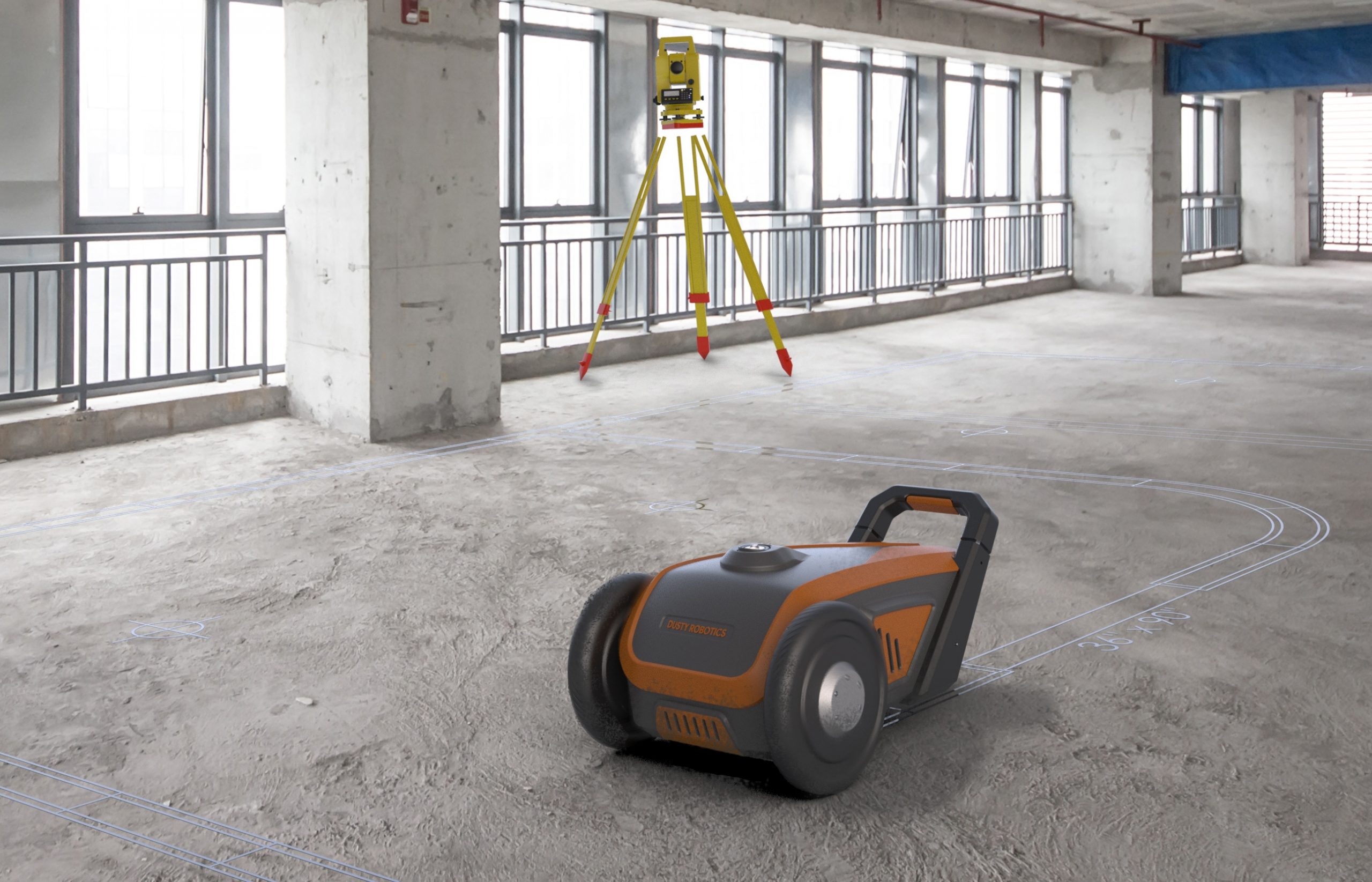
The SVR ‘Good Robot’ Industry Awards also highlight diverse robotics companies. In our Visionary Category, Zoox is the first billion dollar company led by an African-American woman, Aicha Evans, and Robust AI shows diversity at every level of the organization. Diversity of thought will be critical as Robust AI tackles the challenge of building a cognitive engine for robotics that incorporates common sense reasoning.
“Robotics and AI will shape the next century in the same way the Industrial revolution shaped the 20th century. To create a future that amplifies human potential, the full spectrum of human perspective needs to contribute to the design process. This is fundamental to how we are building Robust.AI” explains COO Anthony Jules.
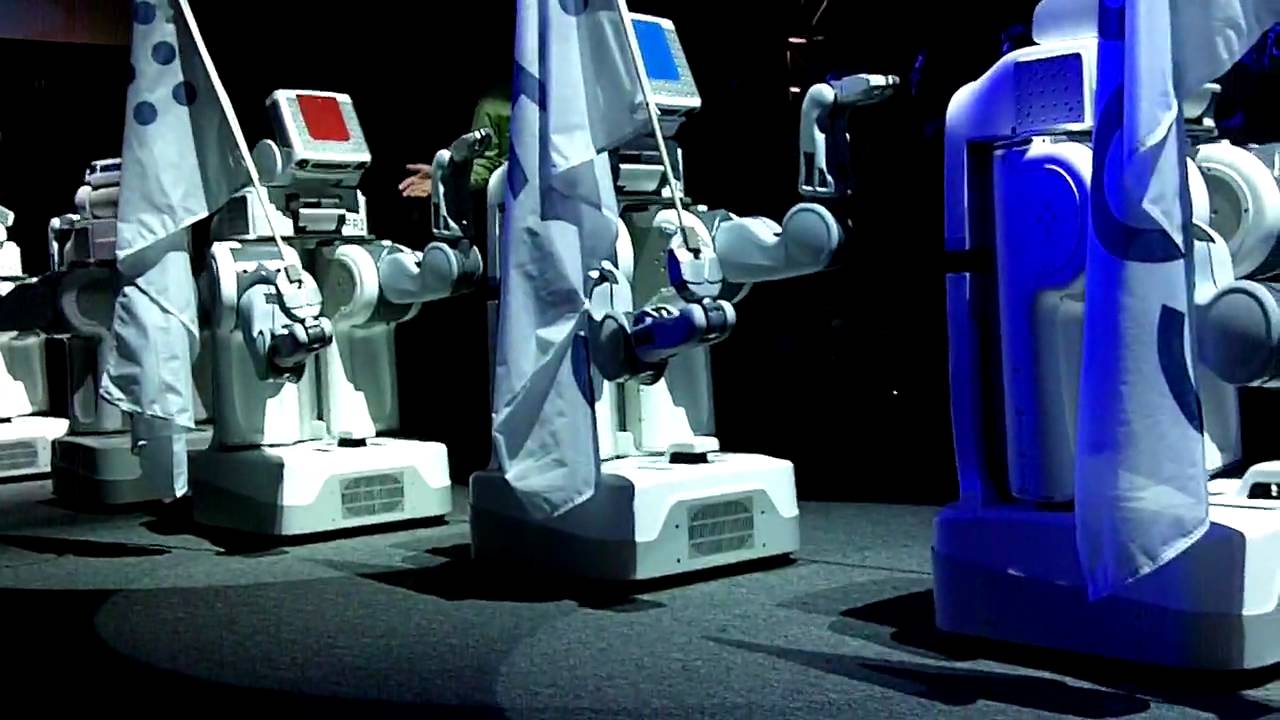
We also wanted to highlight the community in robotics with our Champion Award, because as Silicon Valley Robotics Managing Director Andra Keay says, “In robotics, we’re always standing on the shoulders of giants. And many of these contributions go unrecognized outside of the robotics community. We depend on a strong community to help startups cross the chasm to commercialization, and so we want to recognize our Champions, starting with Willow Garage, which was the Fairchild of the 21st century.”
Willow Garage had a massive impact on robotics in seven short years, from 2006 to 2013. Not only did they produce ROS, now maintained by Open Robotics, but alumni of Willow Garage can be found in the core teams of almost every groundbreaking new robotics company. Some, like Fetch Robotics, winner of our Overall Excellence Award and pioneer in autonomous mobile robots for logistics, achieved the full cycle from startup to ground breaking industry leader in only five short years. By 2018, Fetch Robotics was named a Technology Pioneer by the World Economic Forum, and is winner of our Award for Overall Excellence along with Ambidextrous.
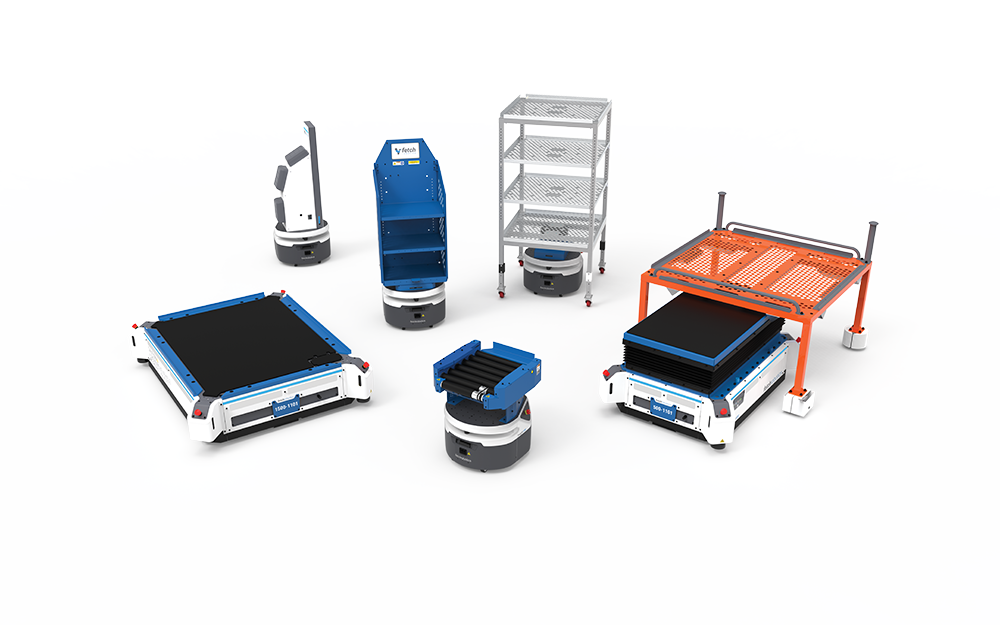
Ambidextrous looks likely to follow the same successful trajectory as Fetch, but focused on manipulation instead of autonomous mobility. Ambidextrous is spinning out research from the University of California Berkeley, that uses AI and simulation to solve the ‘pick problem’ for handling real world items. At only two years old, Ambidextrous is already piloting solutions for significant customers. Two other UC Berkeley startups made our inaugural award list, Squishy Robotics and Covariant.ai, highlighting the large amount of robotics research happening in the Bay Area, in more than fifty robotics research labs.
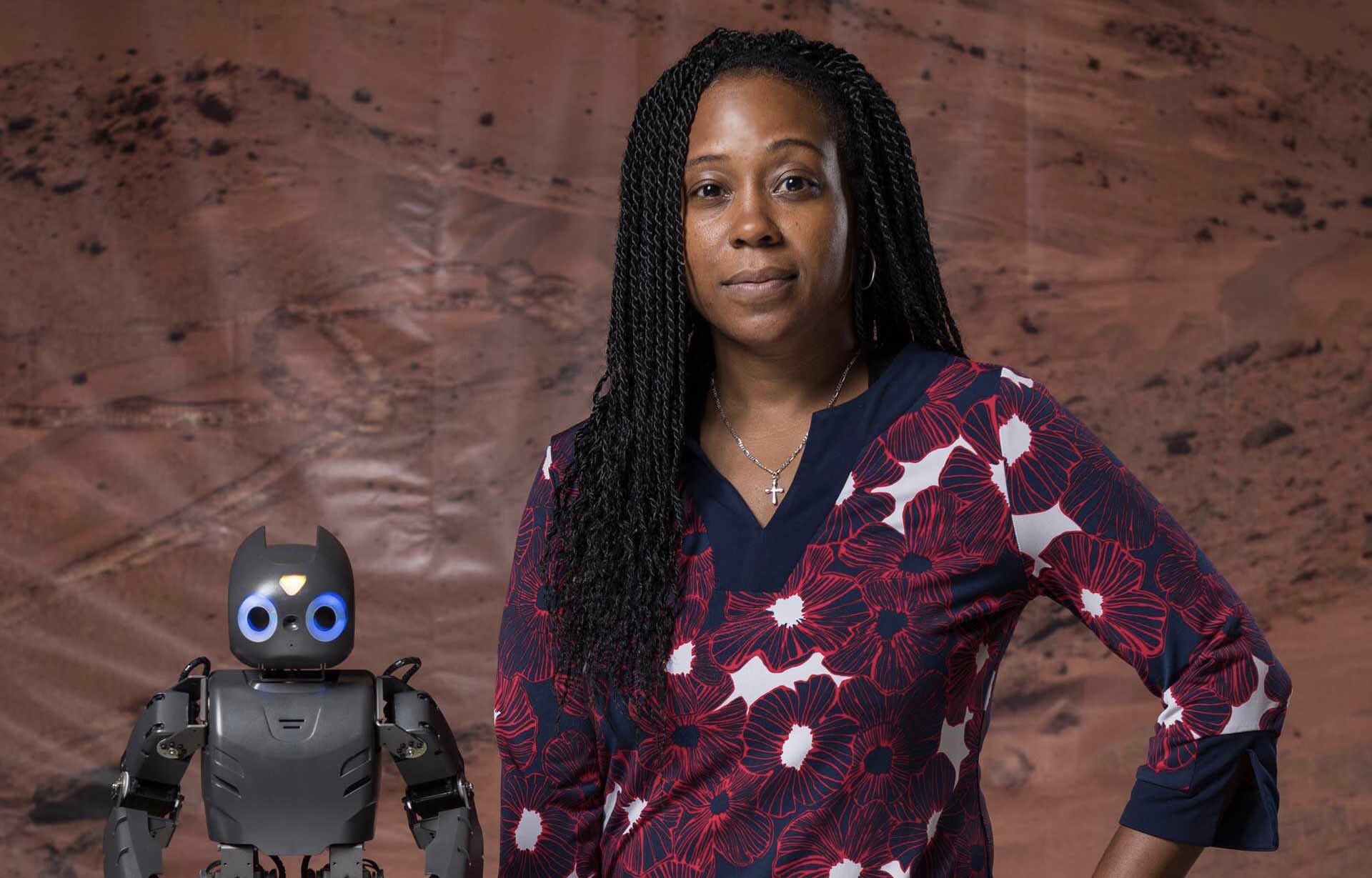
Hopefully, this will lead to more good robots solving global challenges. As one of our Champions, Dr Ayanna Howard says, “I believe that every engineer has a responsibility to make the world a better place. We are gifted with an amazing power to take people’s wishes and make them a reality.”
The full details of the 52 Awardees in the 2020 Silicon Valley Robotics ‘Good Robot’ Industry Awards can be seen at https://svrobo.org/awards .
Overall Excellence Award:
Innovation Award:
Eve – Halodi
FHA-C with Integrated Servo Drive – Harmonic Drive LLC
FieldPrinter – Dusty Robotics
Inception Drive – SRI International
nanoScan3 – SICK
QRB5 – Qualcomm
Stretch – Hello Robot
Tensegrity Robots – Squishy Robotics
Titan – FarmWise
Velabit – Velodyne Lidar Inc.
Visionary Award:
Agility Robotics
Built Robotics
Covariant.ai
Cruise
Dishcraft Robotics
Embark
Formant
Iron Ox
Robust.ai
Zipline
Zoox
Commercialization Award:
Canvas
Catalia Health
Haddington Dynamics
Kindred.ai
Matternet
Multiply Labs
OhmniLabs
Simbe Robotics
Ubiquity Robotics
Entrepreneurship Award:
Community Champion Award:
Companies:
NASA Intelligent Robotics Group
Open Robotics
PickNik Robotics
Robohub
SICK
Willow Garage (best to see the Red Hat series How to Start a Robot Revolution)
Individuals:
Alex Padilla
Ayanna Howard
Evan Ackerman
Frank Tobe
Henrik Christensen
Joy Buolamwini
Katherine Scott
Khari Johnson
Louise Poubel
Mark Martin
Rodney Brooks
Rumman Chowdhury
Timnit Gebru
About Silicon Valley Robotics
Silicon Valley Robotics (SVR) supports the innovation and commercialization of robotics technologies, as a non-profit industry association. Our first strategic plan focused on connecting startups with investment, and since our founding in 2010, our membership has grown tenfold, reflecting our success in increasing investment into robotics. We believe that with robotics, we can improve productivity, meet labor shortages, get rid of jobs that treat humans like robots and finally create precision, personalized food, mobility, housing and health technologies. For more information, please visit https://svrobo.org
SOURCE: Silicon Valley Robotics (SVR)
PRESS CONTACT: Andra Keay andra@svrobo.org
Engineers develop soft robotic gripper
3PL’s New Rack Supported Work Platforms Optimized for Autonomous Mobile Robots (AMRs)
How computer simulation will accelerate development of human-interactive ‘smart robots’
An open-source and low-cost robotic arm for online education
Controlling 6-Axis Hexapod Micro-Robots via EtherCAT®
Women in Robotics Update: Robin Murphy, Ayanna Howard
Introducing the fifth post in our new series of Women in Robotics Updates, featuring Robin Murphy and Ayanna Howard from our first “25 women in robotics you need to know about” list in 2013. These women give unstintingly of their time, creating robots that improve the quality of life, advancing research, inspiring and supporting students, and sharing their passion for engineering with the world.
Ayanna Howard says “I think as engineers we have an amazing power, where we can take people’s wishes and convert them into reality”
And Robin Murphy agrees, “My job is so incredibly fulfilling, it’s about the science and technology and the way it could be used for societal good, that’s a big deal to me,”
 |
Robin Murphy
Raytheon Professor at Texas A&M University | Director of Humanitarian Robotics and AI Laboratory
Robin Murphy (featured in 2013), is the Raytheon Professor of Computer Science and Engineering in Texas A & M and Director of the non-profit Humanitarian Robotics and AI Laboratory, (formerly known as Center for Robot-Assisted Search and Rescue (CRASAR). She is a distinguished Disaster Roboticist pioneering the advancement of AI and mobile robotics in unstructured and extreme environments. At CRASAR, she has been actively supplying her rescue robot since 9/11 in 2001 and has now participated in more than 30 disasters which include building collapses, earthquakes, floods, hurricanes, marine mass casualty events, nuclear accidents, tsunamis, underground mine explosions, and volcanic eruptions, in five different countries. And she has developed and taught classes in robotics for emergency response and public safety for over 1,000 members of 30 agencies from seven countries. Murphy was named as one of the top ’30 Most Innovative Women Professors Alive Today’ in 2016 and the Engineering Faculty Fellow for Innovation in High-Impact Learning Experiences. She is also the recipient of the Eugene L. Lawler Award in 2014 for Humanitarian Contributions within Computer Science and Informatics. She has more than 400 publications and 17000 citations, 4 books (Introduction to AI Robotics, Disaster Robotics, and Robotics Through Science-Fiction Vols 1 and 2). In her Robotics Through Science-Fiction books, Murphy explains what real robotics and AI can and can’t do alongside classic robot stories from Isaac Asimov, Brian Aldiss, Philip K. Dick and Vernor Vinge. Murphy is also the chair of Robotics for Infectious Diseases, a non-profit organization which uses robotics and technology in over 20 countries for public health, public safety, and continuity of work and life. She has been tracking the wide range of work that robots have been pioneering in COVID19 as described in her recent article in The Conversation, “Robots are playing many roles in the coronavirus crisis – and offering lessons for future disaster”. “My job is so incredibly fulfilling, it’s about the science and technology and the way it could be used for societal good, that’s a big deal to me,” says Murphy in CNN’s the Great Big story in 2018. And Murphy’s TED talk from 2015 “These robots come to the rescue after a disaster” has more than 1 million views. |
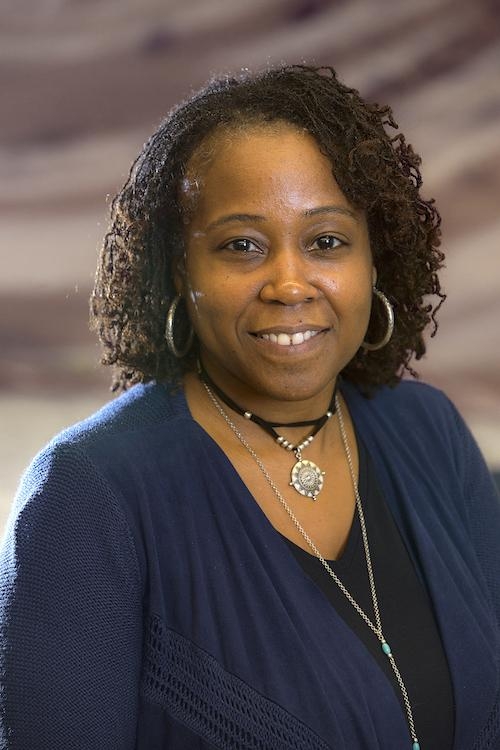 |
Ayanna Howard
Professor and Chair of School of Interactive Computing at Georgia Tech | Director of the Human-Automation Systems Lab (HumAnS)
Ayanna Howard (featured 2014), is currently the Chair of the School of Interactive Computing in the College of Computing at the Georgia Institute of Technology and is on the Board of Directors for Autodesk. She is also the founder and director of the Human-Automation Systems Lab (HumAnS) where she and her team study and develop techniques to enhance the autonomous capabilities of intelligent systems in different areas such as Human-Robot Interaction, Assistive Robotics, Education and Robotics, Robot Learning, Human-Robot Trust, and Space and Field Robotics. In 2021, Howard will take up the position of Dean of Engineering at The Ohio State University. Her contributions to robotics has been recognized many times since 2013! She received an A. Richard Newton Educator ABIE Award in 2014 from the Anita Borg Institute. In 2015, she was listed in The Root 100 website, as one of the most prestigious African American achievers, and recognized by Business Insider as one of the ’23 most powerful women engineers in the world’. In 2016 she received the Computer Research Association’s A. Nico Habermann Award and Brown Engineering Alumni Medal. She was an AAAS-Lemelson Invention Ambassador from 2016 to 2017 which is designed to showcase the modern voices that are addressing the grand challenges facing humanity and to influence policy makers. She also received the Richard A. Tapia Achievement Award in 2018 for her contribution in bringing girls, underrepresented minorities, and people with disabilities into computing through programs related to robotics. In 2020, for the demonstrable and sustained societal impact of her work she received Georgia Tech Outstanding Achievement in Research Innovation Award 2020. In 2020, Howard co-founded the Black in Robotics community organization, and also became the first black woman to achieve IEEE RAS Fellow status for her contributions to human-robot interaction systems. She has more than 350 papers, 4000 citations, and recently published an audiobook “Sex, Race, and Robots: How to Be Human in the Age of AI” about how the tech world’s racial and sexual biases are infecting the next generation of robots and AI, with profoundly negative effects for humans of all genders and races. “Robotics is me, It’s part of my life . I think as engineers we have an amazing power, where we can take people’s wishes and convert them into reality.” says Howard, who also founded Zyrobotics where she has been developing assistive technologies for children with disabilities. “Robots can improve quality of life; Humans inherently trust them”, says Howard in her TedX talk where she explains how humans develop emotional attachments to social or interactive robots. |
Want to keep reading? There are 180 more stories on our 2013 to 2020 lists. Why not nominate someone for inclusion next year!
And we encourage #womeninrobotics and women who’d like to work in robotics to join our professional network at http://womeninrobotics.org
James Bruton focus series #2: Barcode scanner guitar synths
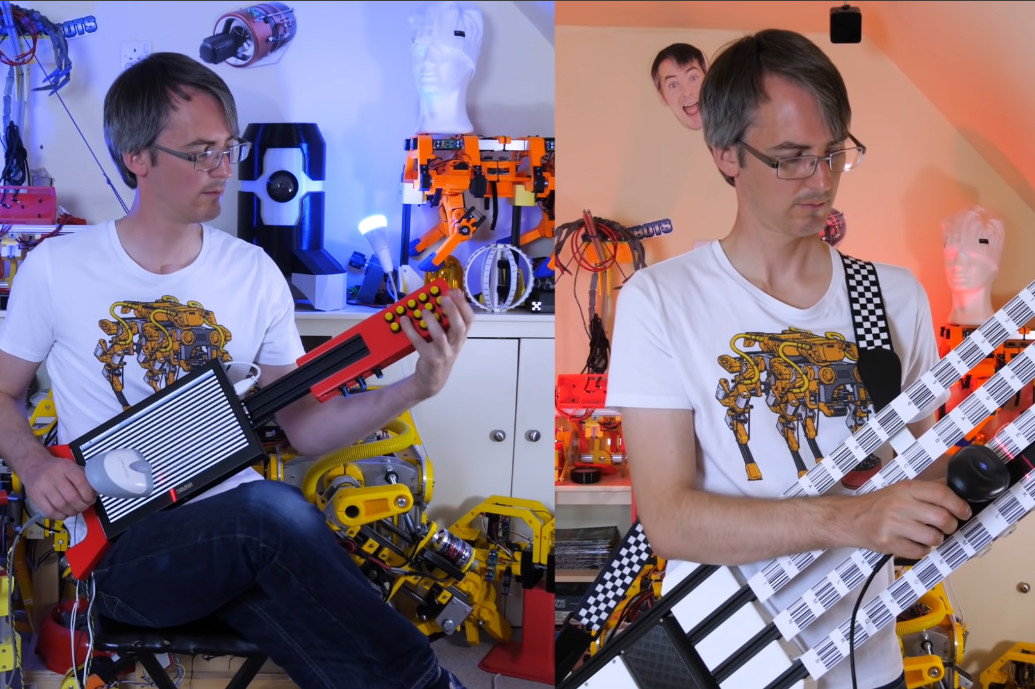
As every other Saturday, I’m bringing you another cool open-source project from James Bruton. Today, how about becoming an experimental musician with your own barcode scanner synthesizer?
I introduced James Bruton in the first post of this focus series on him, where I showed you the Boston Dynamics-inspired open robot dogs projects that consolidated him as one of the top maker on YouTube. As a sort of musician, the barcode synth project I’ve picked for this second post grabbed my attention among the countless videos he’s got on his channel.
To be more specific, the barcode synth consists of two projects. A bit more than a year ago, James showed how to build a four-neck guitar synth with the frets (the place where you put your fingers to play a note on the guitar) being barcodes instead of strings. To play this guitar, you only need a barcode reader connected to an Arduino that converts the data read from the barcodes into a number that represents a MIDI note – which is a digital representation of a musical note based on the MIDI standard. You can then plug the Arduino into a synth or your computer (if you love virtual instruments as much as I do!) to transform the MIDI output into actual sound. Extra features of this guitar included pitch bending and octave shifting buttons. You can access the open-source code of this type of guitar here, and enjoy James’ explanation (and performance) in the following video:
A couple of months ago, James made an improved version of the previous guitar synth. Instead of using the number given by the barcode, for this improved synth he hacked the barcode reader to interpret the barcodes as images so that the output is the raw square wave that it sees. With he help of a Teensy microcontroller to do the digital signal processing and a Raspberry Pi to display barcode images on a screen fitted to a 3D-printed guitar, he could produce a richer range of sounds compared to the previous version. If you want to build you own barcode synth, check out the open-source files and his video (you’ll be impressed to find out how a zebra sounds like!):
Make tech, make music, and stay tuned!

